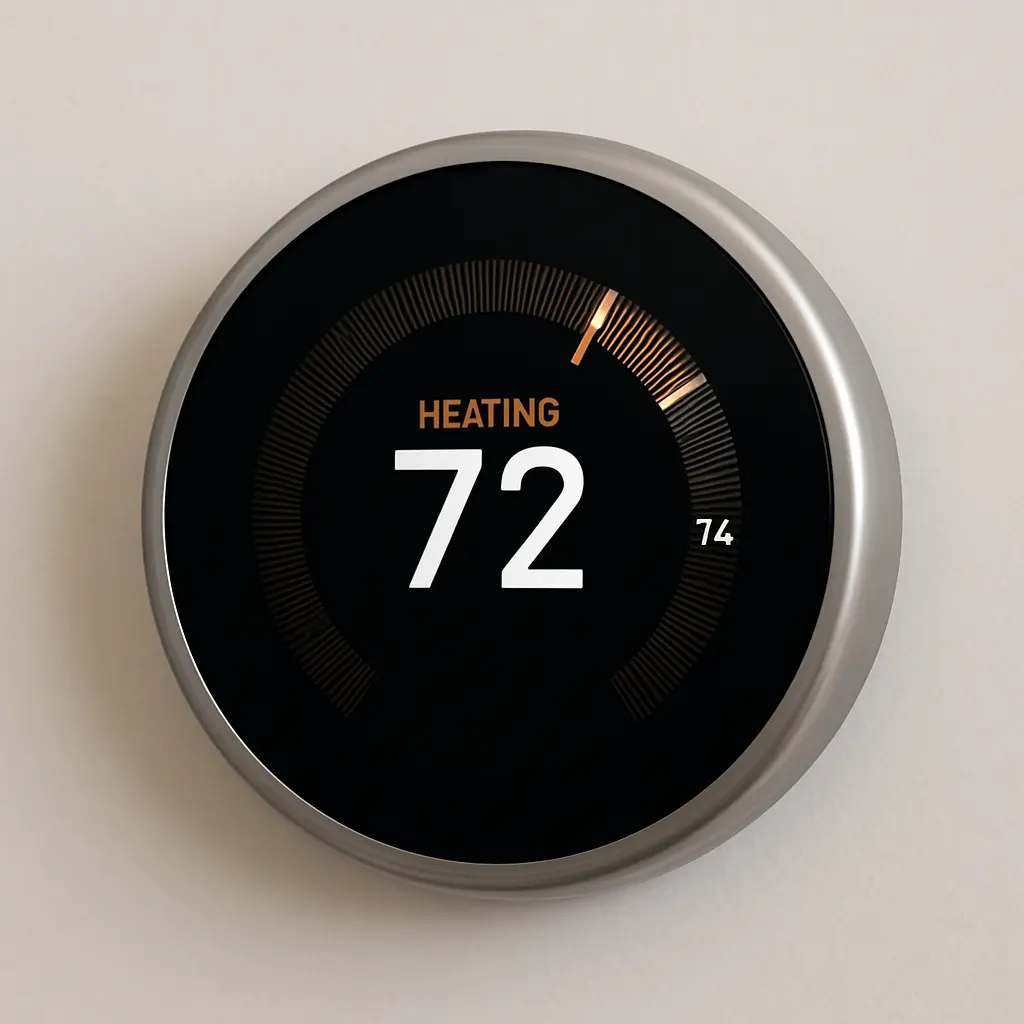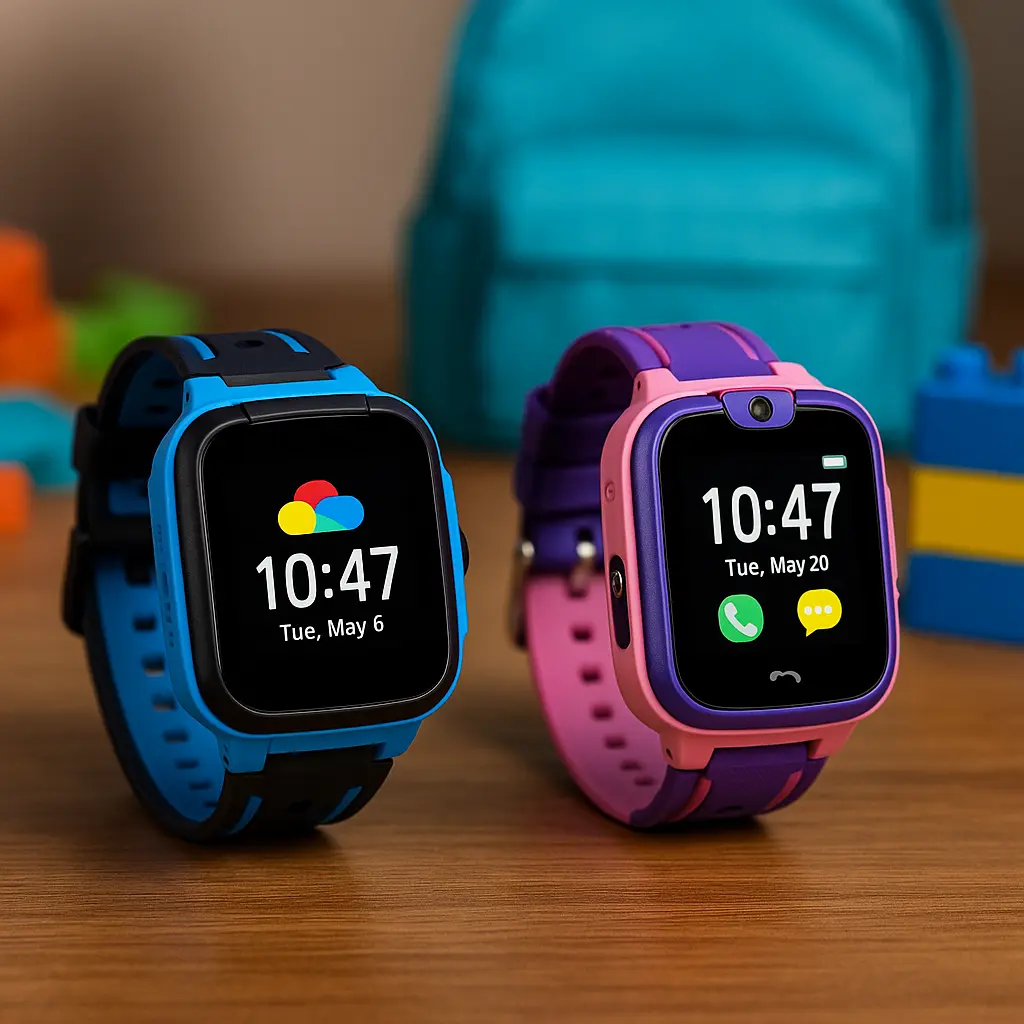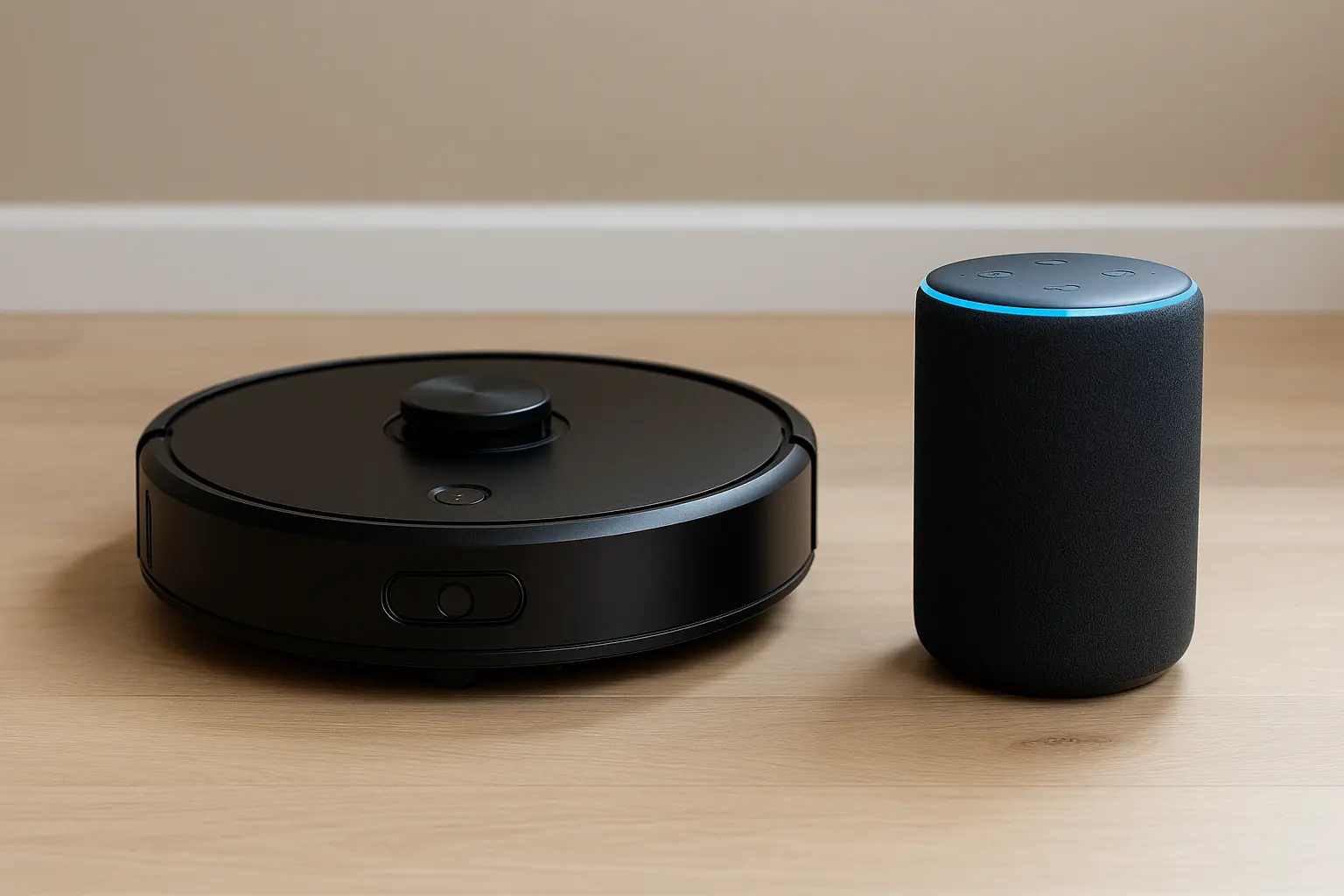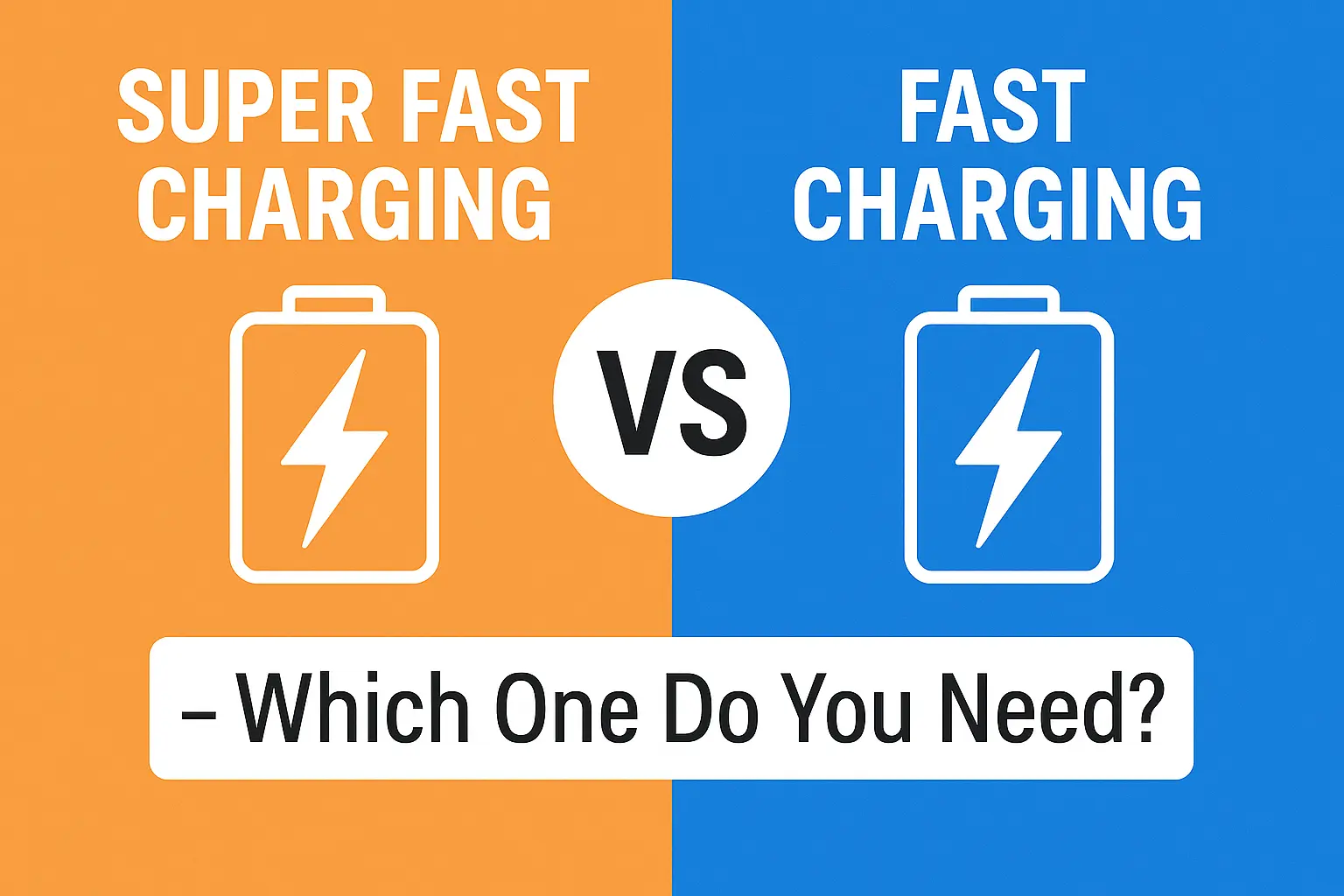Super Fast Charging vs Fast Charging Explained – Which One Do You Need?
Contents
✍️ Introduction
In 2025, charging your phone quickly is no longer a luxury — it’s a necessity. But with so many terms floating around like “Fast Charging,” “Quick Charge,” and “Super Fast Charging,” it’s easy to get confused. Whether you’re using a Samsung Galaxy, a OnePlus, or a budget-friendly device, chances are you’ve seen some version of these labels on your charging adapter or settings.
So, what exactly is the difference between fast charging and super fast charging? Is it just about wattage, or is there more to the story — like battery life impact, charger compatibility, or thermal management?
In this guide, we’ll break down the technical and practical differences, explain what each charging method means, compare real-world charging times, and help you decide which one suits your needs best. Whether you’re looking to upgrade your charging brick or just want to understand what your phone is capable of, we’ve got you covered.
⚡ What Is Fast Charging?
Typically 15W–25W
Found in most smartphones since ~2019
Common protocols: Quick Charge 3.0, USB Power Delivery (USB-PD)
Can charge from 0 to 50% in 30–40 minutes
Compatible with most devices
Pros:
Safe, efficient
Doesn’t heat up much
Better for long-term battery health
Cons:
Slower than newer standards
⚡ What Is Super Fast Charging?
Generally 30W to 65W (or more)
Seen in flagship phones (e.g. Samsung Galaxy S24 Ultra, Xiaomi 13 Pro)
Proprietary tech: Super Fast Charging 2.0, VOOC, Warp Charge
Can charge 0–50% in 15–20 minutes
Requires:
Compatible charger
Certified cable
Supported device
Pros:
Extremely fast
Convenient for on-the-go power-ups
Cons:
More heat (needs good thermal management)
Potential long-term battery degradation if used frequently
🔋 Real-World Comparison Table
| Feature | Fast Charging | Super Fast Charging |
|---|---|---|
| Wattage Range | 15W–25W | 30W–65W (some up to 120W) |
| Time to 50% Charge | 30–40 minutes | 15–20 minutes |
| Supported Devices | Most mid-range phones | High-end flagships only |
| Charger/Cable Requirement | Standard USB-C | Proprietary or high-power |
| Battery Impact (Long Term) | Low | Medium to High |
| Heat Generation | Low | Medium to High |
| Cost | Low | Higher (premium accessory) |
🧠 Which One Should You Choose?
Choose Fast Charging if:
You want better long-term battery health
You charge overnight or aren’t in a hurry
You’re using a mid-range device
Choose Super Fast Charging if:
You’re always in a rush
You have a compatible flagship phone
You carry a powerful charger and need quick top-ups during the day
📝 Pro Tip: Even phones that support super fast charging can be charged slower using fast chargers — it’s safer when charging overnight or unattended.
📱 Phones That Support Super Fast Charging in 2025
Samsung Galaxy S24 / S24 Ultra – 45W Super Fast Charging 2.0
OnePlus 12 – 100W SUPERVOOC
Xiaomi 13 Pro – 120W wired charging
Google Pixel 8 Pro – 30W fast charging
Motorola Edge+ (2024) – 68W TurboPower
❓FAQ
Q: Will super fast charging damage my battery?
A: Not immediately, but repeated high-wattage charging can reduce battery longevity over time. Use it when needed.
Q: Can I use a fast charger on a super fast charging phone?
A: Yes, your phone will simply charge at the lower supported speed. It’s safe and compatible.
Q: Do I need to buy a special cable?
A: Yes, to access full super fast charging speeds, your cable must support higher current flow (e.g., 5A cables for 45W+).
![Stream Without Limits – Best Wi-Fi 7 Routers for Buffer-Free Entertainment [2025] 1 Four modern Wi-Fi 7 routers displayed on a dark surface with a clean blue background, highlighting their sleek design and advanced antenna configurations.](https://www.techgadgetradar.com/wp-content/uploads/2025/06/best-wifi7-routers-streaming-2025-feature-image.webp)
![Fast, Cheap & Future-Proof – Best 5G Phones Under $400 [2025 Picks] 2 Four modern 5G smartphones under $400 in 2025 displayed on wooden table with vibrant screens](https://www.techgadgetradar.com/wp-content/uploads/2025/06/best-5g-phones-under-400-2025-feature.webp)



![Type Like a Pro – Best Mechanical Keyboards for Your Mac Setup [2025] 6 MacBook connected to a compact mechanical keyboard on a wooden desk](https://www.techgadgetradar.com/wp-content/uploads/2025/06/best-mechanical-keyboard-mac-setup-2025-feature.webp)
